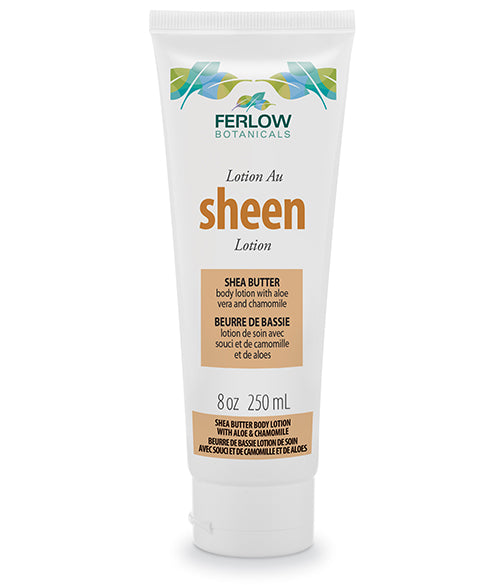Rainforest Cream - Key Ingredient Cats Claw

Update February 2019: Unfortunately this product has been discontinued.
----------------
I love exploring the ingredients of some of our more specialist creams
- Rainforest Cream deserves a title of rescue or rejuvenation. It has fantastic ability to heal the blisters caused by both Cold Sores ( Herpes simplex ) or by the Shingles Virus.
Here we explain more about the benefits of Cats Claw.
Cat's Claw: Healing Vine of Peru
by Klaus Ferlow
A botanical plant, a massive woody vine known in Spanish as una de to in English as Cat's Claw, its Latin name is Uncarica Tomentosa, is called by many the Miracle Herb from the Rain Forest of Peru.
It can grow over 100 feet in length and attach and wind their way up through trees of the Peruvian rain forests. The name Cat's Claw comes from their cured hooks which looks like claws that occur in pairs on either side of the stem at the leaf junction. The hooks enable the plant catching branches of other plants and allow them to suspend their weight as they grow up from the darkness of the jungle floor towards the sunlight.
What are the Benefits of Cat's Claw?
For hundreds of years the native Indian Ashaninka tribe and other tribes have used the inner bark and root to prepare medicinal tea. According to Indian folklore the tea has been used to cure diseases since the herb is a powerful cellular reconstitutor. Clinical evaluation and the experience of Peruvian physicians confirmed its effectiveness. In the early 1970s studies have been conducted at research facilities in Peru, Austria, Germany, England, Hungary, and Italy suggesting Cat's Claw may be beneficial for the treatment of many conditions.
Cat's Claw seems to enhance overall immunity while increasing stamina and energy in patients who suffer from physical and mental exhaustion due to an overactive or stressful lifestyle. It refers to ‘the opener of the way’ because of its remarkable ability to cleanse the entire intestinal tract and help patients suffering from a variety of different ailments.Unlike Brazil and other South American countries which have allowed the continuous destruction of their rain forest habitats, the government of Peru has passed legislation designed to prevent the extinction of Unicaria tomentosa as well as Unicaria guianensis. The bark contains all of the medicinal properties attributed to the herbs and harvesting the bark is an ecologically sound practice because it will grow back and replenish itself.
We have used our Cat's Claw tincture in our household for many years, it also helps prevents colds since it is a strong immune system booster - Mother Nature at work!
History of Cat's Claw
There are approximately 60 different species of Uncaria, but the native Ashaninka, Curanderos and other tribes used mainly the Uncaria Tomentosa. A young German Bavarian schoolteacher named Arturo Brell fulfilled his dream by immigrating to Peru in the early 1930s. He first experienced boiling the inner bark of the una de gato using it as a tea, and noticed improvement of his skin as well as eliminating painful rheumatism which he had suffered for years. Later he developed numerous botanical formulas with Cat's Claw. He died in Lima in 1978 at the age of 74.
Another European researcher and scientist Dr Klaus Keplinger from Austria did one of the most exciting research and information projects about Cat's Claw by obtaining two United States patents issued in 1989 and 1990 for isolating some of the Cat's Claw's major components. He extracted six oxindole alkaloids from the root of Uncaria tomentosa. It is explained how four of these alkaloids have been shown in laboratory testing to have a pronounced enhancement effect on phagocytory (ability of white blood cells and macrophages to attack, engulf, and digest harmful microorganism, foreign matter and debris).
These four alkaloids are known as isopteropodine, pteropodine, isomitraphylline and isorynchophylline. Rynchophylline, a fifth alkaloid has been studied at the Shanghai College of Traditional Medicine. It has shown in laboratory testing to display to inhibit platelet aggregation and thrombosis. This suggests the alkaloid may be useful in the prevention of stroke and reducing the risk of heart attack by lowering blood pressure, increasing circulation and inhibiting the formation of plaque on the arterial walls, and the formation of blood clots in the vessels of the brain, heart and arteries. Peruvian and Italian researchers have discovered a wealth of other beneficial phytochemicals inherent in the herb including proanthocyanidins, polyphenols, triterpenes, and the plant sterols beta-sitosterol, sigmasterol and campesterol.
Is it any wonder that una de gato has attracted worldwide attention due to its special powers as an immunostimulant and the impressive variety of a long list of other healing attributes. It may very well be one of the most impressive immunostimulant herb known to humankind!
World of Wisdom
The forest is not a resource for us, it is life itself. It is the only place for us to live.
Evaristo Nugkuag Ikanan
References
Maxwell Nicole. Witch Doctors Apprentice, Citadel Press, 1990.
Cabieses Fernando. The Saga of Cat's Claw. Vialactea Editores, 1994.
Jones Kenneth. Cat's Claw - Healing Vine of Peru. Sylvan Press, 1995.
Elkins Rita. Cat's Claw (una de gato) Miracle herb from the forest of Peru. Woodland Publishing. 1996.
Steinberg, Phillip N. Cat's Claw – The Wonderous herb from the Peruvian rain forest. Healing Wisdom Publications. 1996.
Author Note
The information is summarized for it educational value and should not be used for the diagnoses, treatment, or prevention of disease. Please contact your health care practitioner.
Also in Happy Holidays



